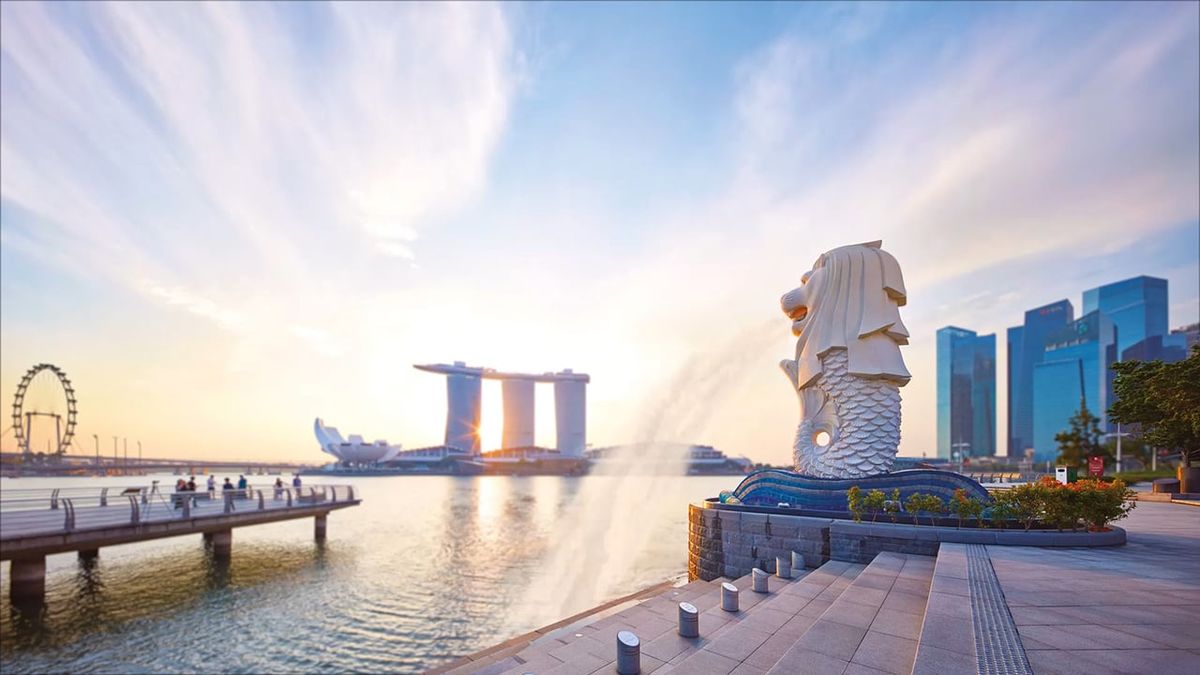Singapore Airlines wants ‘building blocks’ for Australia travel bubble
Before we get to when the bubble will open, it’s a matter of determining how it will open – and how to keep it open.

Singapore Airlines is eager to see the framework for the proposed Australia-Singapore travel bubble developed over the coming months, ahead of the quarantine-free flights taking off.
However, it’s likely to be more stringent than the Australia-New Zealand bubble, which required neither vaccination or on-arrival COVID testing.
“A bubble with another country like Singapore will probably require some of these things to be put in place,” suggests Louis Arul, Singapore Airlines’ regional vice president South West Pacific.
“If you look back at the meeting between our two Prime Ministers a couple of weeks ago, the implication was that vaccination might be a key criteria of travel between the two countries.”
Singapore also currently requires that inbound travellers take a COVID test on arrival and isolate until they receive a negative result, which Arul says is “typically within six to 12 hours.”
Framework for quarantine-free travel
Mindful of the two failed attempts to open a Singapore-Hong Kong bubble, and sporadic closures of the Australia-New Zealand bubble due to outbreaks in NSW and Victoria, Arul tells Executive Traveller the model will also need to outline when travel would be paused due to “locally transmitted infections” – and what would happen to travellers already in the country.
“Those criteria and trigger factors need to be agreed upon… there’s a lot of complex processes and procedures that we need to put in place to manage a bubble, and we need to start talking about these things even before we can agree on when the bubble can start.”
Rather than just asking when an Australia-Singapore bubble might open, Arul says, “I think right now it’s more important is for us to figure out how are we going to make the bubble happen – what measures and protocols have to be in place to make the bubble a success – before we decide when the bubble is going to happen.”
“And we'd like to get that discussion going with the authorities as soon as possible, because typically, the devil is always in the details, and managing a travel zone in a COVID environment will require quite onerous measures to be put in place.”
Vaccination passports
Australian Prime Minister Scott Morrison has already said that he sees Singapore as the next bubble destination, following a meeting earlier this month with Singapore leader Lee Hsien Loong.
However, Lee has indicated that digital health and vaccination certificates such as the International Air Transport Association’s Travel Pass app might be a must-have for travellers.
Arul agrees that in the near-future, “digitisation is going to be a huge part of travel.”
“The IATA travel pass is one good example, we worked quite closely with IATA to develop this, we’ve had a few routes experimented on and it works quite well.”
“So I think that would be probably the biggest visible COVID-related travel feature: a travel pass where you can verify someone's vaccination status, for example.”
In addition, apps and inflight touchscreen systems will reduce physical contact points.
“During COVID most airlines have increased the level of digitisation, whether it is in check-in or in processing passengers through the airport, and even onboard the aircraft where menu cards, inflight magazines and newspapers have all been digitised. So we'll see a lot more of that.”
Superjumbos remain stood down
Unlocking the skyways between Australia and Singapore is a key plank in Singapore Airlines’ recovery, not only for direct trips but also to tap into the Star Alliance member’s extensive worldwide network through its Changi hub.
Pre-pandemic, Singapore Airlines ran 133 flights per week into Australia – as of this month that’s down to 45, which mainly carry cargo and at most a few dozen passengers.
With its flagship Airbus A380 superjumbos still grounded, Singapore Airlines’ fleet is dominated by the modern fuel-efficient Airbus A350 and Boeing 787-10s along with the older Boeing 777-300ERs – all of which trump the superjumbo when it comes to cargo capacity.
“By carrying cargo at least there's some revenue we can earn, even though there are almost no passengers travelling,” Arul says.
“The A380 aircraft was designed for dense routes and mass travel, but they can't carry very much cargo.”
Airbus rates the A380’s freight capacity at a mere 8 tonnes, compared to as many as 48 tonnes in the belly of the workhorse Boeing 777.
“It will be a while before the A380 returns to normal service,” Arul says, with over a third of the superjumbo fleet sent into premature retirement – although the dozen which remain will all sport the airline’s latest suites and seats when they return to the skies.
Also read: Singapore Airlines’ new flagship lounges to open December 2021
